Stop Grumbling, Start Unbundling
If Performance Max isn’t working for your KPIs, there’s one option you should consider - unbundling. We explore what this means and sum up the pros and cons of this approach.
Performance Max promises to handle your Google inventory across every platform Google has created. It’s a trade off of control vs reach - if it works, it’s good for everyone, but if it doesn’t, advertisers can feel stuck with their Google shopping, display and video campaigns now brought into Performance Max. The impact can be serious - previously dependable ROI or conversion volumes may be diluted across platforms, with no optimisation working and not enough data provided by Google Ads to see what’s going wrong.
If this is your situation, there is one option you should definitely consider: unbundling Performance Max. If channels like Google Shopping worked previously to drive your KPIs, but have now got bundled into Performance Max with the result that your KPIs are falling vs your spend, you can always unbundle. This isn’t a regressive step (as Google have improvements to Performance Max in the pipeline), but taking a step back could be a sensible part of a strategy to maximise digital performance.
Unbundling as a strategy
Google Ads is best thought of as a changing set of targeting and reporting options, which is why a strategy for getting the best from it needs to be dynamic and ready to change as new updates and options become available.
Performance Max may be right for your KPIs right now, in the future, or never (if you are a business that relies on lead generation, for example). If it isn’t working well now, unbundling simply means pausing it and relaunching the campaigns it replaced on the platforms you still want to run. For example, that might mean Standard Shopping and YouTube, or these plus Discovery Ads (covering display inventory on YouTube, the Discover feed, and Gmail) and a full Display campaign. Or only one of them.
The mix depends on what worked previously, and on testing out which combination best continues to deliver against your KPIs. To determine whether unbundling is right for advertisers who have seen uncertain results, Kinase has implemented testing plans for Performance Max against its bundled campaign types. Likewise, we are also continually testing and assessing Performance Max in different verticals, and we will report back in future Kinase Briefings on new functionality and performance gains as we see them.
Pros and Cons of Unbundling
Returning to earlier forms of a campaign involves pros and cons. Some functionality and reach is lost, while control and visibility of data will be gained. If the projected gain from optimisation and control over targeting outweighs what you have seen from a bundled up Performance Max, then unbundling is worth putting on the table.
Pros
Pros for unbundling include gaining more reporting and insights into what’s working, enabling you to flex budgets for where your KPIs goals are being met across the Google ad stack. In addition, if you optimise for offline conversion data, Performance Max is not yet fully geared for this (a Local Campaign in performance Max doesn’t cover optimising for store sales). Also Local Inventory Ads (showing products in Shopping which are available at specific stores) are yet to be available so if this is a key part of your Shopping set up, leaving Shopping unbundled would make sense. For YouTube, unbundled campaigns allow you to control the budget, the KPI, the audience and the creative better.
Cons
New Customer Acquisition (NCA) is key functionality which is only available for Performance Max and Search. Separate YouTube, Shopping and Display campaigns currently don’t have this option. Of course, workarounds exist for bidding to a new audience, but NCA bidding is proprietary Google tech which utilises every signal available.
Moving Forwards
Moving forwards doesn’t have to involve immediate adoption of every new tool, optimisation method and campaign type. New options need to be tested and new technology which is still being developed and upgraded (such as Performance Max) needs to be tested against existing options until the gain from adoption is clear.
Kinase took this approach with Google’s introduction of Smart Bidding across Google Ads. We used other machine learning optimisation tools, primarily created by Skai, and with the advent of Google’s own smart bidding portfolios we then tested the two options against each other for performance against clients’ KPIs. Only when we saw strong results for Smart Bidding did we transition optimisation stacks over. Smart Bidding straight in Google Ads was always a good idea, but the tech had to evolve first to challenge existing technologies with proven track records. Similarly, a Google-wide campaign type harnessing Smart Bidding to pursue your KPIs across platforms is clearly a good idea - but only if it demonstrably works better than the split campaigns it seeks to replace.
By David Reed, Kinase Account Director


